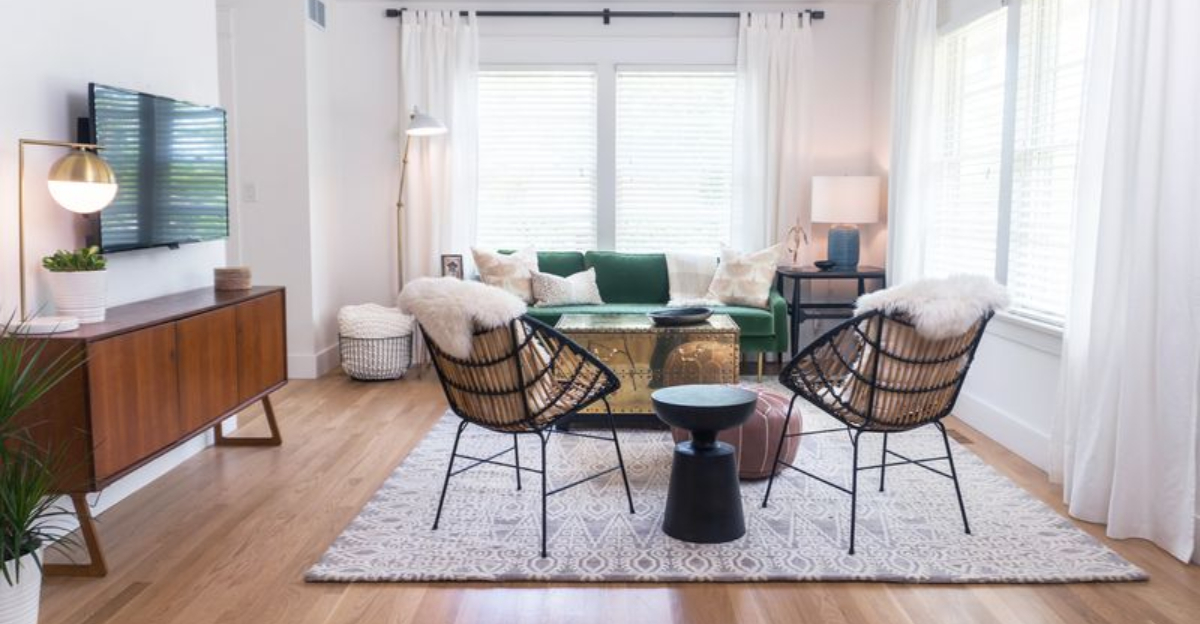Remember when homes had personality? Today’s interiors have fallen victim to the ‘resale value’ obsession.
Gray walls, beige furniture, and cookie-cutter styling have replaced the vibrant, personal spaces that once told our unique stories. The cult of neutrality is sucking the soul out of our living spaces – and here’s why that matters.
1. The Tyranny of Greige Has Killed Self-Expression
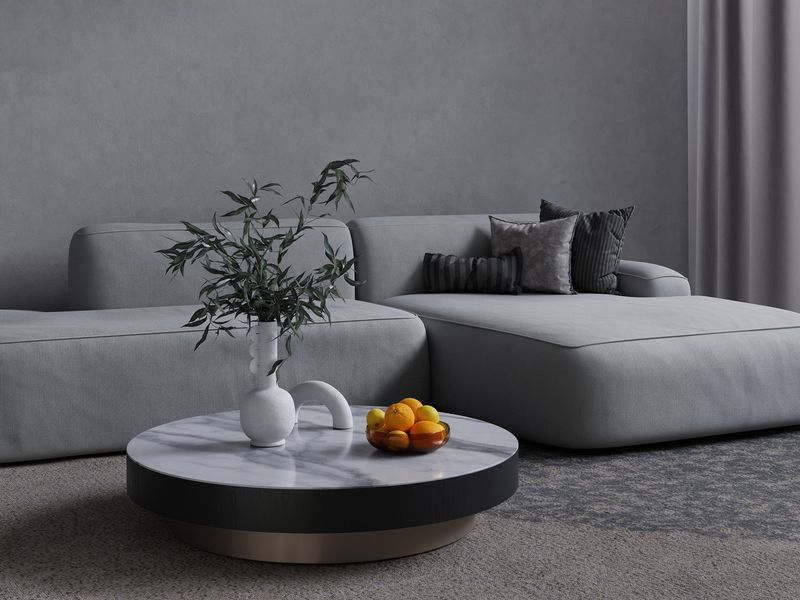
Walking into a modern home feels like entering a void of personality – gray-beige walls stretching endlessly. Remember when people painted dining rooms red or navy? Bold colors created memories!
Your walls are your largest canvas. When every surface mimics concrete, you’re essentially living inside an unfinished basement with better lighting.
2. Fear-Based Decorating Produces Fear-Based Living
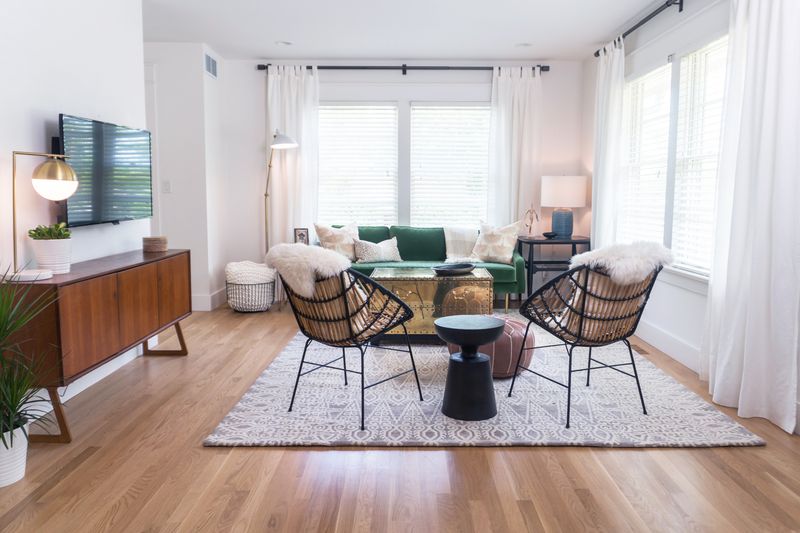
“What if the next owner hates it?” has replaced “What brings me joy?” Decorating from a place of anxiety creates spaces that feel anxious. Homes should reflect confidence, not paranoia.
Living in constant preparation for strangers’ approval means you’re never fully inhabiting your own space. Your home becomes an Airbnb you happen to occupy.
3. HGTV’s Flip-Obsessed Formula Has Brainwashed America

Remember when HGTV showed actual gardening? Now it’s 24/7 house-flipping propaganda. Every show ends with the same subway tile backsplash and floating shelves.
The network has convinced an entire generation that homes are merely investments, not sanctuaries. When Joanna Gaines sneezed in 2015, ten million shiplap walls appeared overnight.
4. Generic Farmhouse Signs Have Replaced Actual Personality
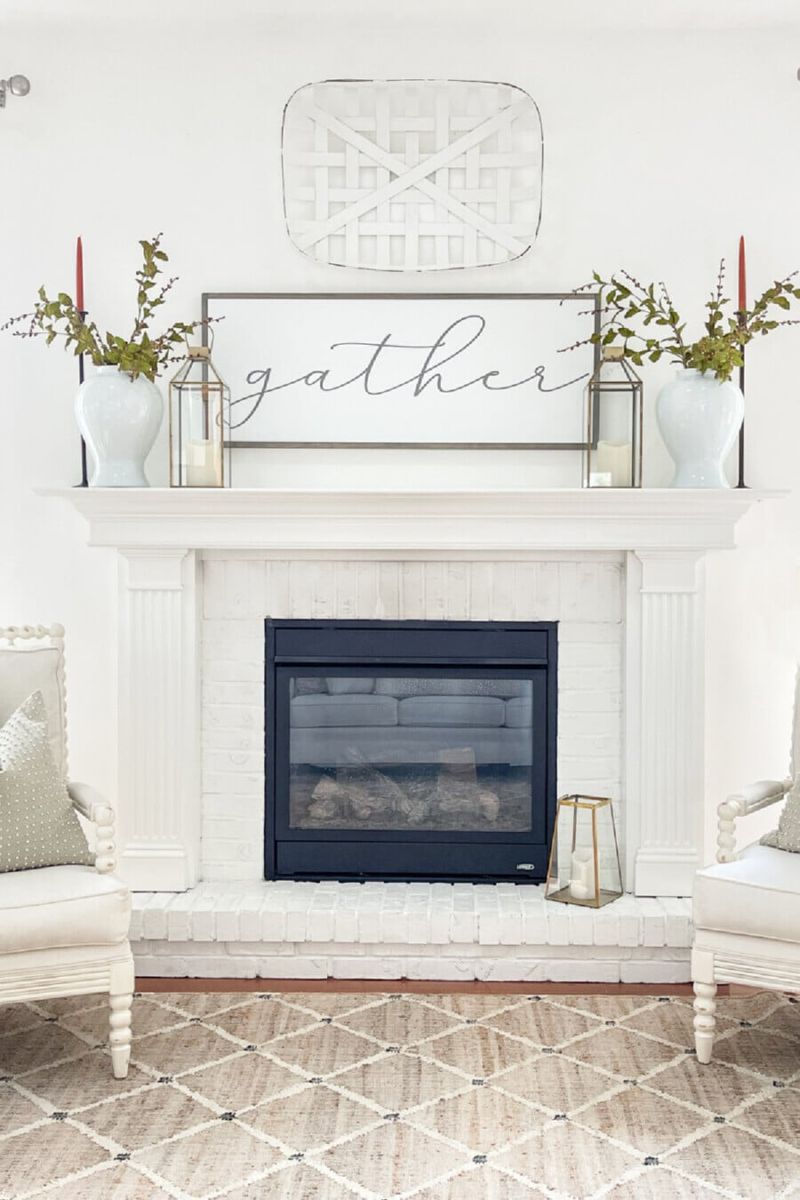
Nothing screams “I have no original thoughts” like a wooden sign declaring “EAT” in a kitchen. Mass-produced “personality” is the ultimate contradiction.
Your grandma displayed heirloom china. Your mom collected unique vacation souvenirs. You bought a sign at HomeGoods that says “GATHER” – congrats on your conformity achievement badge!
5. Soulless Kitchens Look Like Untouched Museum Exhibits
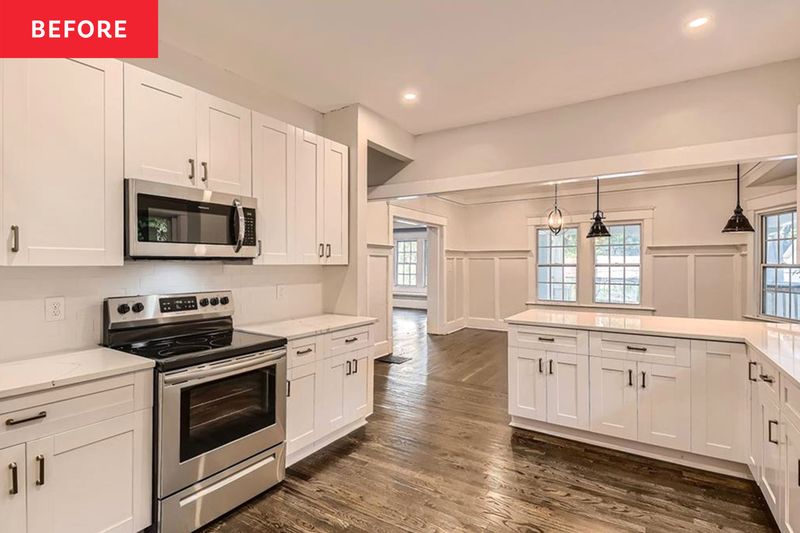
White cabinets. Marble countertops. Sounds familiar, doesn’t it? Today’s kitchens look spectacular on Instagram but lack the lived-in warmth of cooking spaces with history.
Julia Child hung her pots on the wall! Italian nonnas display colorful ceramics! Your kitchen shouldn’t feel like an operating room where food occasionally happens.
6. Staged Homes Have Convinced Us Empty Is Better
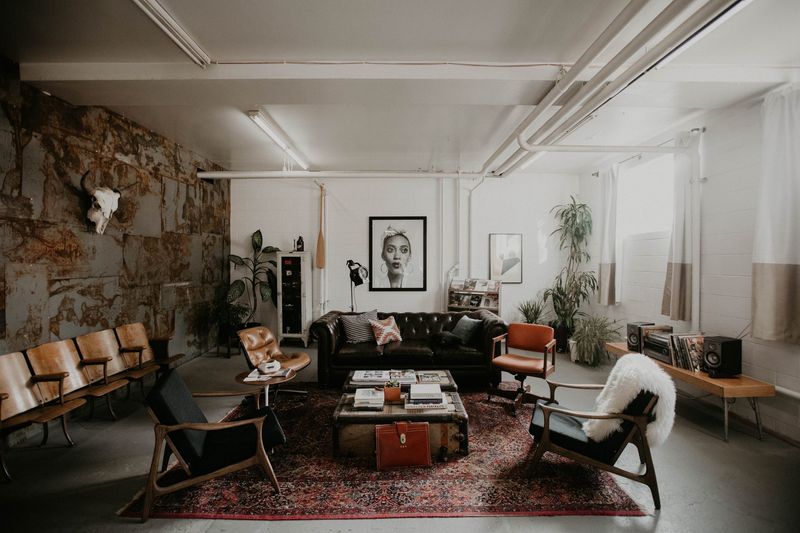
Staging companies have programmed buyers to prefer vacant-feeling spaces over actual homes.
Real homes have mail piles and mismatched mugs. When we aspire to live in spaces that look perpetually unoccupied, we’re rejecting the beautiful mess of actual living.
7. Minimalism Has Morphed From Philosophy to Aesthetic Prison
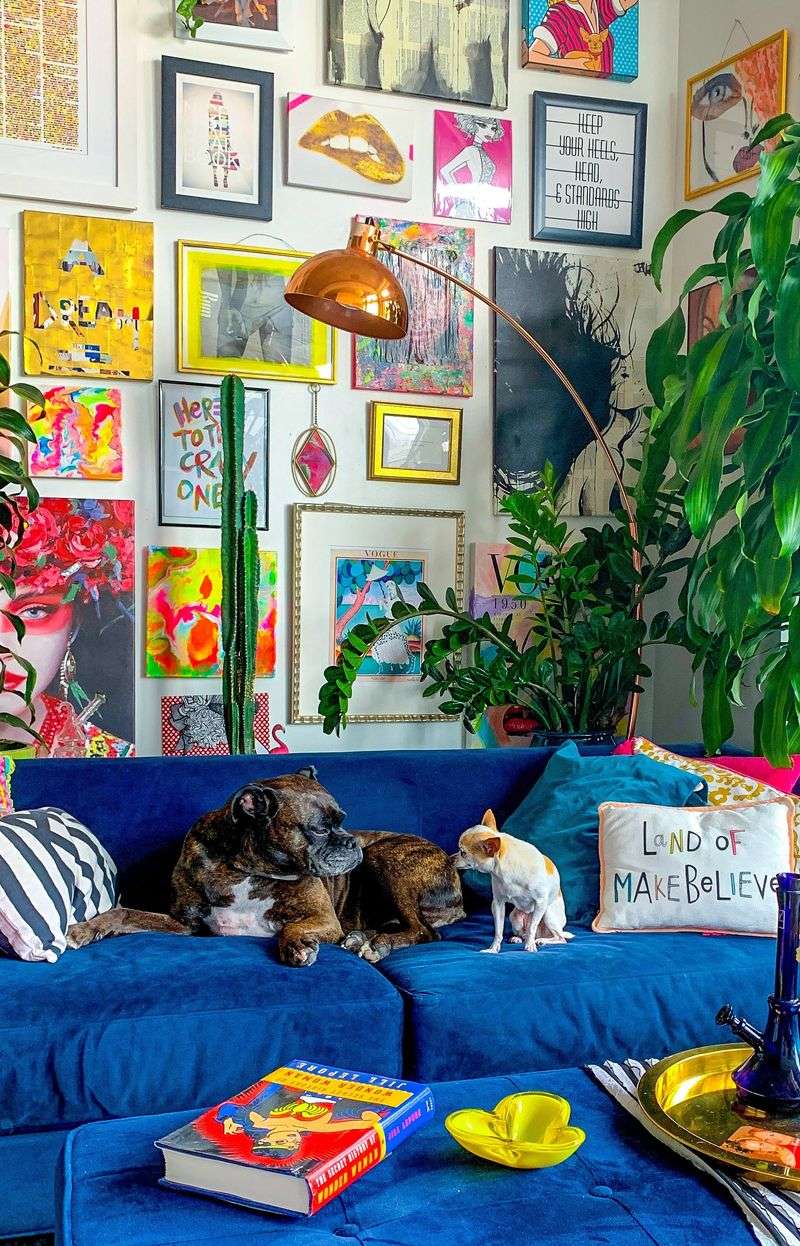
Marie Kondo meant well, but minimalism has warped from mindful curation into aesthetic deprivation. Actual joy often comes from maximalist abundance!
Victorian homes overflowed with patterns, collections, and personality. Your great-aunt’s cluttered living room told her life story. Now we’re afraid to display more than three objects on any surface.
8. Artwork Selected For Silence Rather Than Statement

Abstract beige canvases hang like visual sedatives on gallery walls. Art should provoke thought, spark conversation, or at minimum, have a damn color!
Walking through HomeGoods reveals the epidemic – mass-produced “art” designed to fade into backgrounds. Remember when people hung pieces they actually connected with rather than matched their sofa?
9. Open Concept Layouts Have Eliminated Privacy and Personality
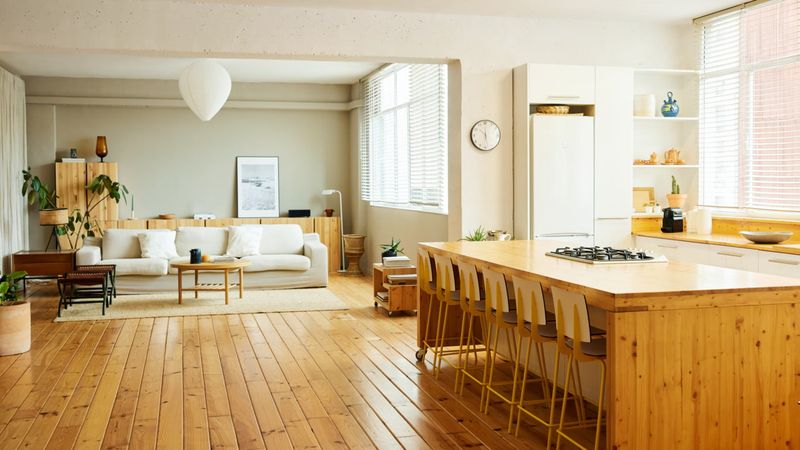
Sledgehammers smashing through walls created the illusion of spaciousness while destroying functional intimacy. Now everyone hears every conversation, smells every meal, sees every mess.
Remember cozy dens? Formal dining rooms? Spaces with specific purposes create psychological boundaries. Not every moment needs to happen in one giant fishbowl while someone loads the dishwasher.
10. The Extinction of Bold Bathroom Design
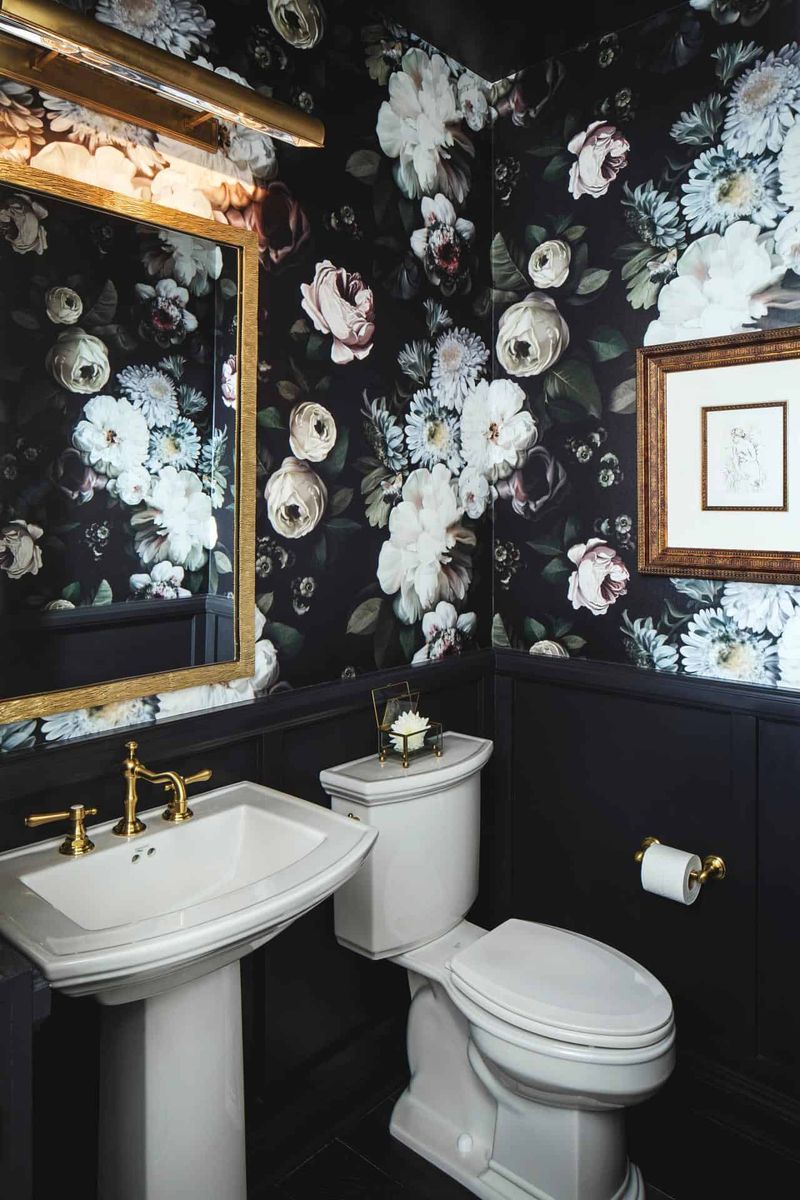
Powder rooms once showcased daring wallpaper and unique fixtures. Now they’re white-tiled hospital rooms with zero personality.
Bathrooms offer perfect opportunities for design experimentation – they’re small, enclosed spaces where guests experience your style intimately. Yet we’ve collectively agreed bathrooms must be sterile, white boxes devoid of character.
11. Pinterest Has Created Clone Armies of Identical Spaces
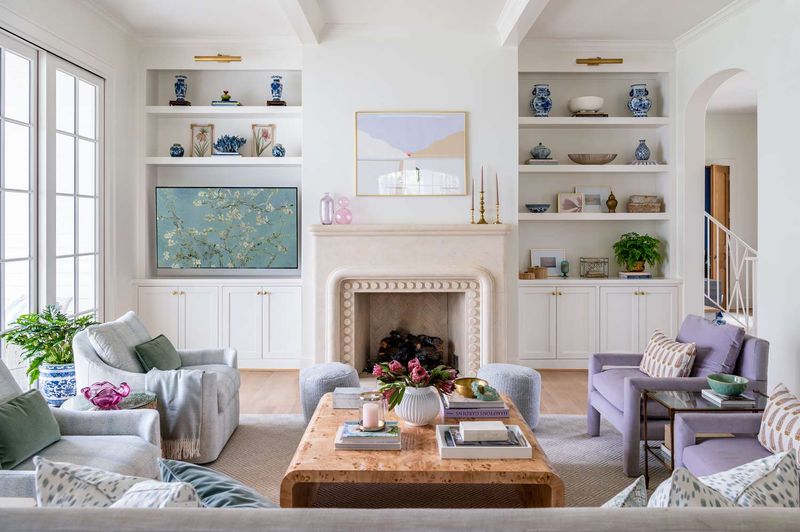
“Most pinned” has replaced personal preference. Millions scroll through identical inspiration, creating homes indistinguishable from one another.
Your grandmother didn’t have a Pinterest board – she had opinions and taste! She mixed patterns fearlessly and chose colors that made her happy. Today’s decorating feels like following a recipe without understanding ingredients.
12. Grandmillennial Style Proves We’re Starving For Authenticity
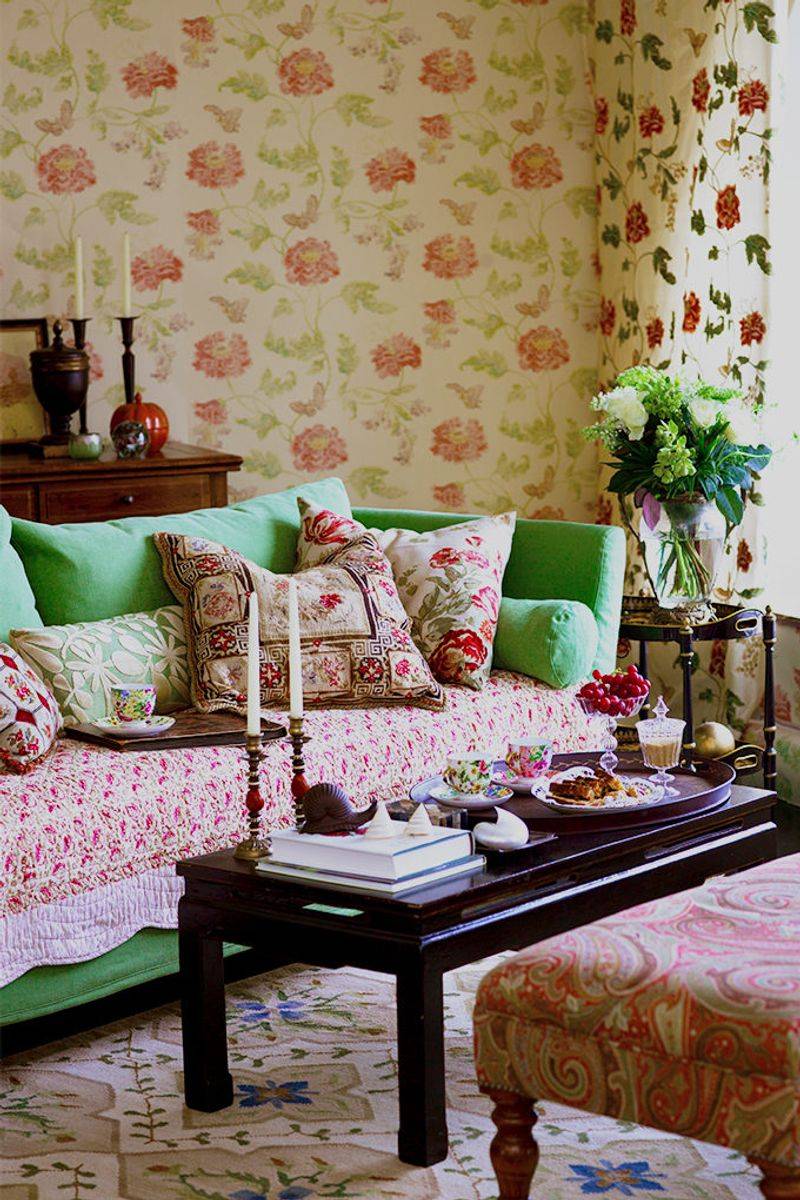
Young people suddenly embracing chintz and ruffles isn’t coincidence – it’s rebellion against sterile blandness. We’re collectively craving spaces with history and character.
Your nonna’s floral sofa suddenly looks revolutionary compared to West Elm’s forty-seventh gray sectional. The pendulum swings back as we realize personality-free rooms feel like emotional deserts.
13. Faux Distressed Furniture Has Replaced Actual History
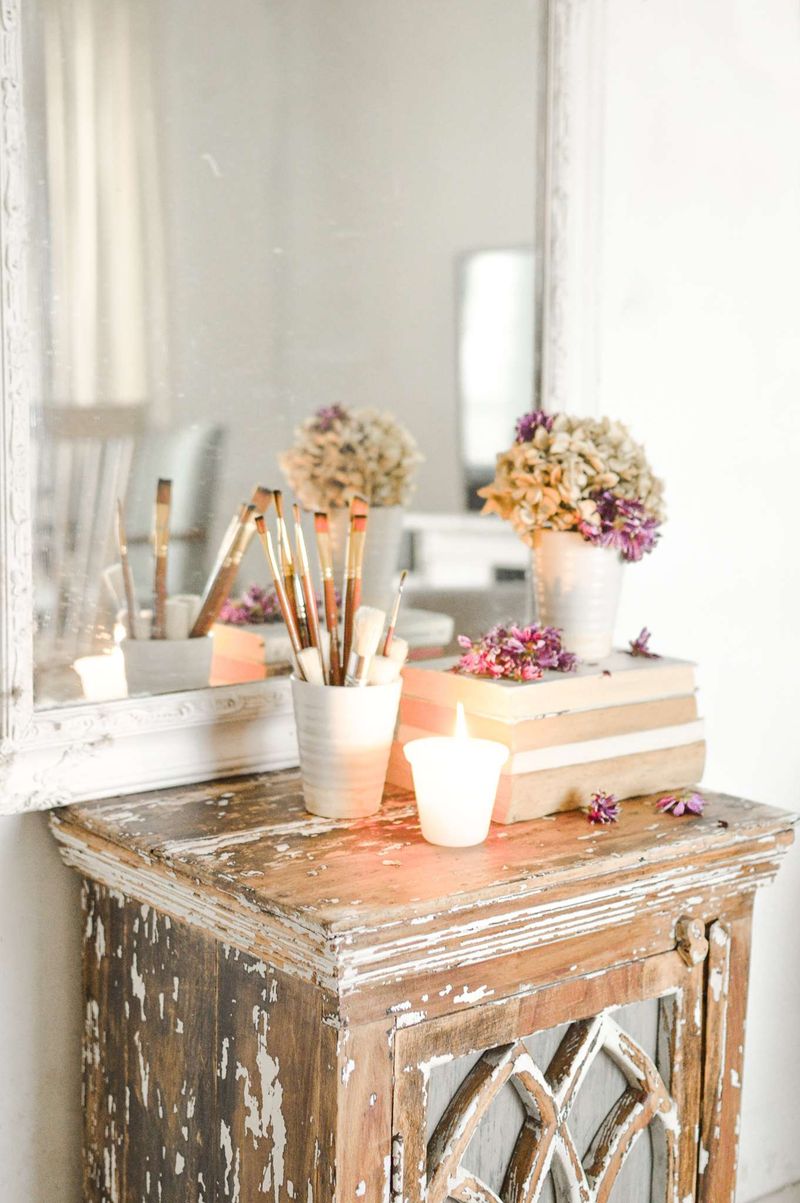
Factory-distressed “farmhouse” tables offer the illusion of character without the inconvenience of actual stories. Nothing says “I want history without effort” like artificially weathered wood. Today’s mass-produced “vintage” pieces are like Instagram filters – superficial aging without earned patina.
14. The Death of the Statement Wall Has Flattened Dimension
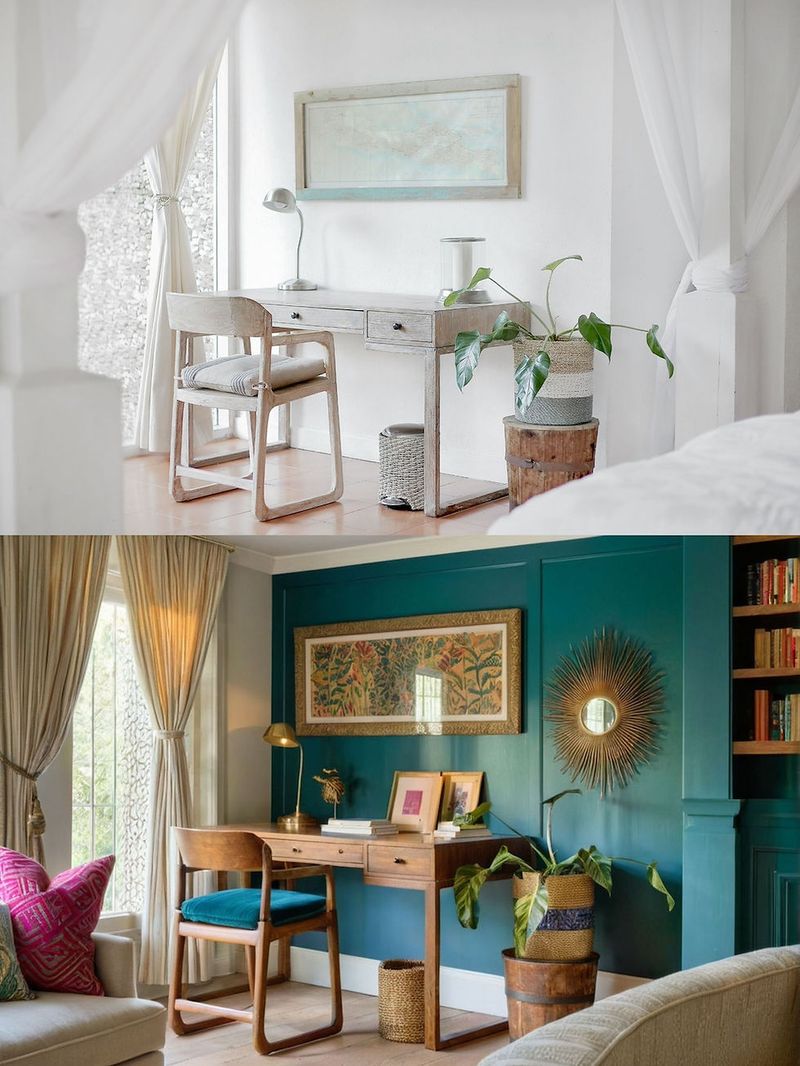
Remember accent walls? Bold wallpaper moments? Architectural details? Rooms now exist in monotonous, flat planes of identical coloring.
Visual interest requires contrast! When every surface wears the same bland mask, our eyes find nothing to engage with. Our brains crave variety – yet we’ve created homes as visually stimulating as unbuttered toast.
15. Furniture Arranged For Photos, Not Conversation
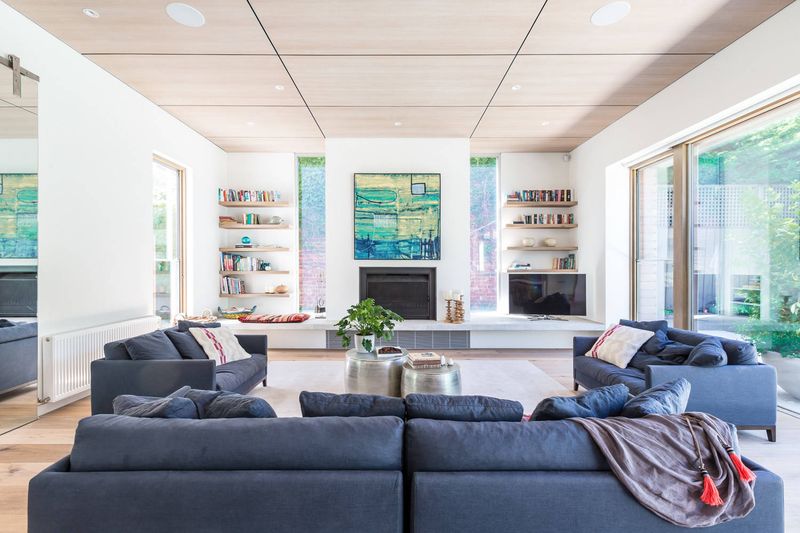
Modern furniture layouts prioritize Instagram angles over human interaction. Sofas face TVs instead of each other, destroying the art of conversation.
Traditional parlors arranged seating for face-to-face engagement. Living rooms position humans like movie theater audiences – parallel rows facing electronic altars. We’ve designed spaces for passive consumption, not connection.
16. Flip-It Quick Renovations Have Erased Architectural Character

Historic homes gutted for quick profits lose irreplaceable craftsmanship. Original woodwork, built-ins, and quirky architectural details vanish under drywall and paint.
Craftsmen once created homes with signature elements – arched doorways, glass doorknobs, plaster medallions. House flippers strip these souls bare, replacing charm with builder-grade mediocrity.
17. The Neutrality Cult Has Created Emotional Deserts
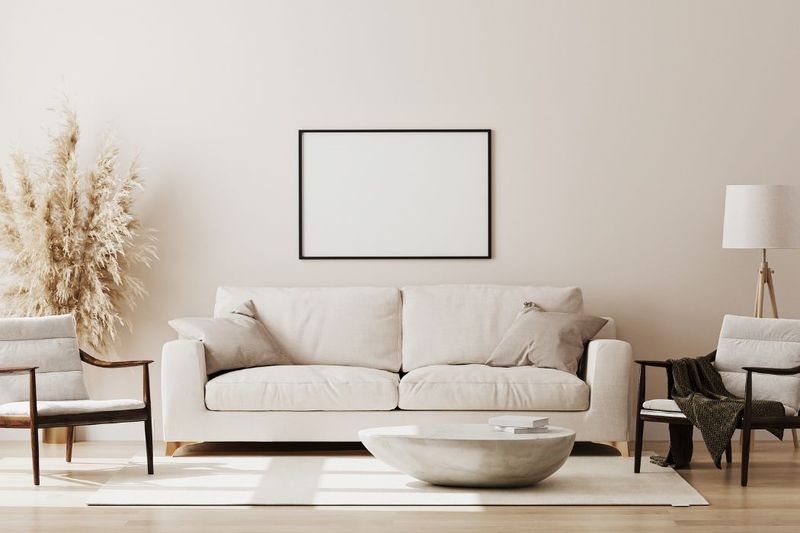
Color psychology is real – environments affect mood. Beige produces beige feelings! Neutral palettes create neutral emotions.
Bold colors stimulate creativity, conversation, and connection. Living in colorless environments is like eating flavorless food – technically sustaining but joyless. Your space should nourish your spirit, not just accommodate your furniture.

